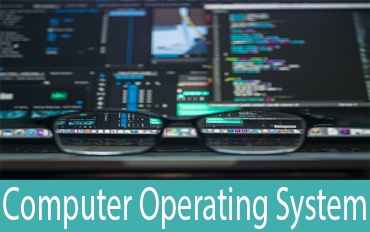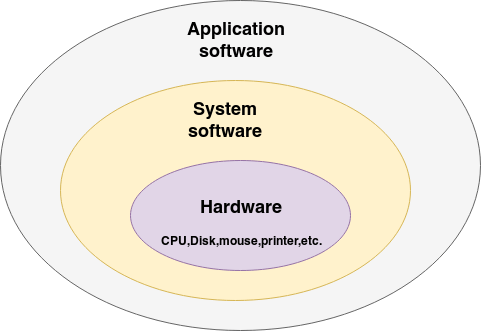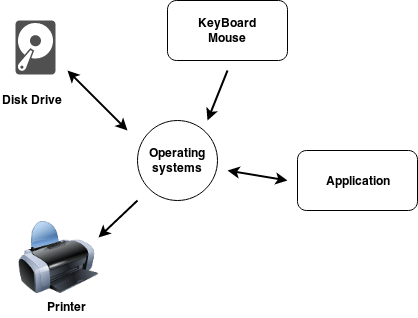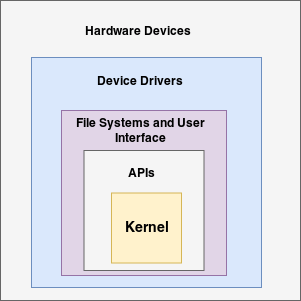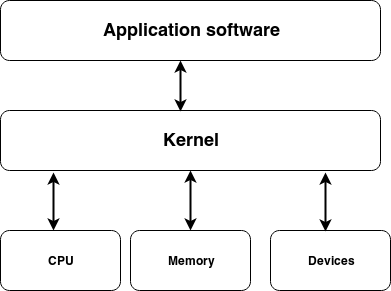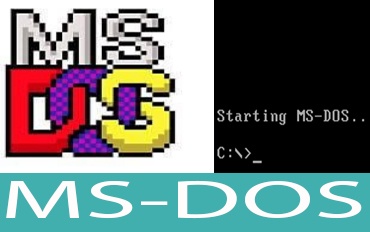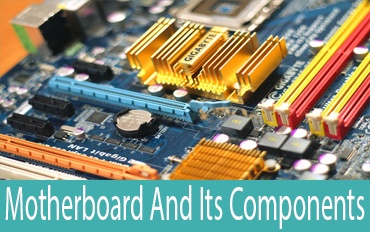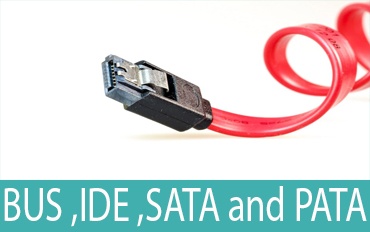Computer Operating System
Operating System is most important program that runs on a computer. Operating system is responsible to run other programs.
Operating system (OS) are essential collections of software that manage resources and provides common services for other software that runs.It is responsible for basic functions of computer system.
Operating systems perform basic tasks, such as recognizing input from the keyboard, sending data to the display unit, maintaining all files and directories and controlling all devices attached to computer unit.
Functions of Operating System
1) Process Management
2) Memory Management
3) File Management
4) Security
5) Command Interpretation
1) Process Management: One of the major function of operating system is to manage the process scheduling of system resources and synchronization and communication among processes.
2) Memory Management: Operating system used to allocation and de-allocation of memory space to programs in need of this resource.
3) File Management: File-related activities such as organization, storage, retrieval, naming sharing, and protection of files.
4) Security: Operating system provides security to the resources and information against destruction and unauthorized access.
5) Command Interpretation:Operating system used to interpret the command given by user to the hardware.
Types of Operating system
1) Command line.
In this operating system we need to type command for all task,there is no graphics.
Example : MSDOS, Unix
2) GUI ( Graphical user interface)
As the name suggest its have graphics like button ,menu ,pointer etc.
Example : windows XP , Linux.
Operating systems can be classified as below
Multi-user : Multi-user operating system allow two or more users to run programs at the same time.
Multiprocessing : Multiprocessing allow us to run a program on more than one CPU.
Multitasking : Multitasking operating system allow us to run more than one program concurrently.
Real time : Real time operating system responds to input instantly. DOS and UNIX, are not real-time.Real-time operating systems are used to control machinery, scientific instruments and industrial systems such as embedded systems (programmable thermostats, household appliance controllers), industrial robots, spacecraft, industrial control (manufacturing, production, power generation, fabrication, and refining), and scientific research equipment.
Operating system examples
DOS : Single-tasking operating system
Windows : Multi-tasking, single-user, networking and resource sharing. Used NETBEUI protocol .
MacOS : Multi-tasking, single-user, network-based resource sharing. Used AppleTalk protocol.
Novell NetWare : Resource sharing; also supports Windows and Mac clients.
Unix : Multi-tasking, single or multi-user operating system. Predominant server operating system on Internet servers; has always used TCP/IP.
Linux : Open-source, lightweight, It is a version of UNIX, many variants. Excellent OS for resource sharing, uses TCP/IP
Kernal
It is central module of an operating system.
Kernel’s position is between application program and device driver.
It is responsible for resource allocation, low level hardware interface, security.
kernel is the part of the operating system which is loaded first, and remains in main memory (RAM).
Kernel handles :
Use interface
Memory management
Program execution or Process management
Device management
Data security
